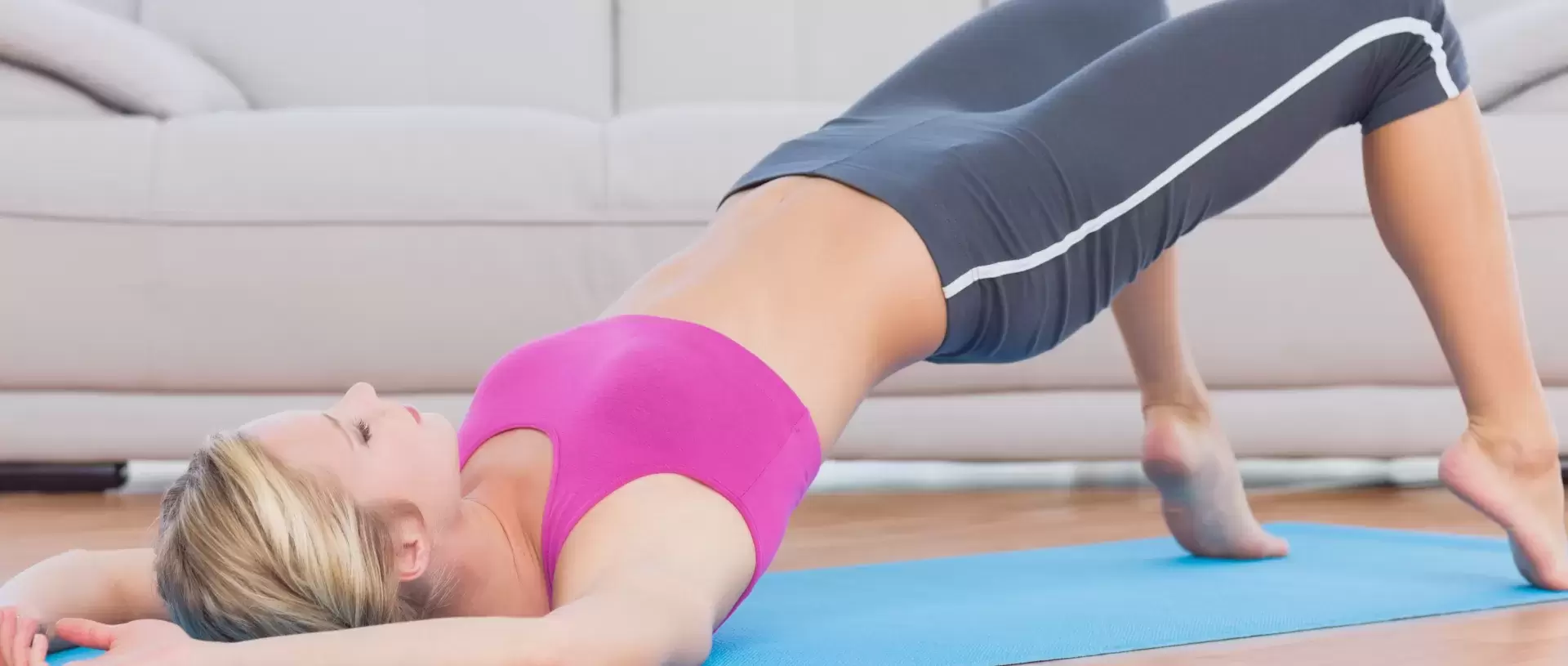The Tensegrity Model of the pelvis is a concept used in Rolfing® Structural Integration to describe the complex structure and function of the human pelvis. It is based on the idea of tensegrity, which states that structures are stable when maintained by a balance of tension and compression forces.
The pelvis is a crucial joint that transfers the weight of the torso onto our legs. It is a dynamic structure: the bones of the pelvis, the sacrum and coccyx, as well as the leg and abdominal muscles are interconnected. The muscles act as tension elements, while the bones act as compression elements. The tension elements hold the compression elements in a specific position, providing stability and mobility to the pelvis.
The Tensegrity Model of the pelvis differs from other models that view the pelvis as a rigid structure surrounded by muscles and ligaments. Although it is not an exact anatomical representation of the pelvis, it illustrates the functional relationships of walking and the forces acting on the pelvis during movement.

Releasing Tension in the Pelvis through Rolfing® Structural Integration
When the pelvis becomes imbalanced, it can lead to pain and injury, not only in the pelvis but also in other areas of the body. Poor posture, for example, can cause back pain, neck pain, and headaches.
Pain in the musculoskeletal system often arises in the area that is overcompensating. However, the underlying cause of the problem is often at the location that is restricted and underutilized. Therefore, optimal distribution of tension is crucial for the stability and mobility of the pelvis, which in turn contributes to better posture and prevention of pain and discomfort.
The holistic approach of Rolfing® Structural Integration can help to identify and correct imbalances and tensions in the pelvis. By applying the Tensegrity Model of the pelvis, Rolfers® can analyse the complex relationships between bones, muscles, and fascia. Through targeted manual techniques such as specific pressure and traction exercises, they can release tension in the muscles and tissues of the pelvis and bring it into optimal alignment.
This is the story of the living pelvis. It emphasizes not the static but the dynamic. The pelvis is the key to the well-being of the individual.”
– Ida P. Rolf, PhD (1896-1979).
Read more current articles on the pelvis
The March 2023 edition of the Structure, Function, Integration Journal of the Dr. Ida Rolf Institute® features three articles on the pelvis:
- “Pelvic Relationships and the ‘Ten Series’” is an interview with Rolfing Instructor Tessy Brungardt, in which she reflects on how Rolfers think about the pelvis throughout the Rolfing 10-Series.
- In “Pars Intima as Gift and Treasure”, anatomist Gil Hedley is interviewed on the intimate structures of the pelvic floor – the pars intima.
- “Fascia, Pain, and the Pelvis” is an interview with faculty member Kevin McCoy, who discusses the fascial layers of the pelvis and fascial organisation while he works with people who have pelvic pain.
Tensegrity Model
The Tensegrity model of the pelvis can be viewed at the BODY WORLDS museum at Alexanderplatz in Berlin.
Learn more about Rolfing® Structural Integration.
Find a Rolfer® near you.
Train to become a Certified Rolfer®.







